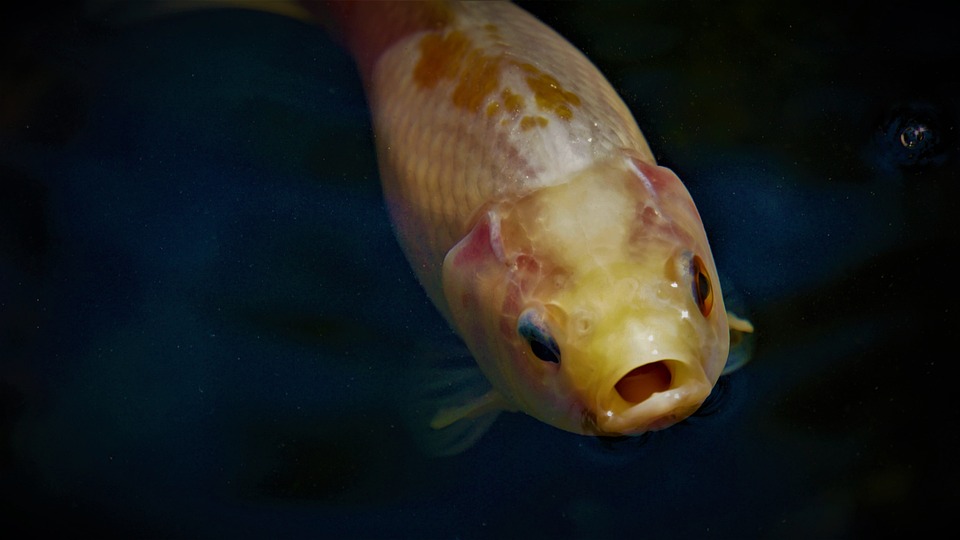Fish tank fish buoyancy issues can be a common concern for fish enthusiasts. These issues can affect the ability of fish to swim and maintain balance in the water, causing discomfort and potential health problems. Understanding the causes behind these buoyancy issues is essential in order to provide effective solutions and ensure the well-being of your aquatic pets.
One of the main causes of fish tank fish buoyancy issues is swim bladder disorder. The swim bladder is an organ that helps fish control their buoyancy. Genetic predisposition, overfeeding, poor nutrition, and bacterial or parasitic infections can all contribute to swim bladder disorder. In order to address this issue, it is important to quarantine affected fish, adjust their diet and feeding habits, and provide medication as advised by a veterinarian.
Constipation is another common cause of fish tank fish buoyancy issues. Inadequate diet and overfeeding can lead to constipation, which can in turn affect buoyancy. Adjusting the diet and feeding habits of the fish, offering fiber-rich foods or daphnia to aid digestion, and implementing a fasting period can help alleviate constipation and improve buoyancy.
Water quality issues can also have an impact on fish buoyancy. Poor water parameters, high levels of ammonia or nitrate, and other water quality problems can lead to buoyancy issues. Regular water testing and maintenance, performing partial water changes, and using water conditioners or treatments as necessary can help maintain optimal water quality and prevent buoyancy problems.
Physical injuries can also cause fish buoyancy issues. Trauma from tank decorations or aggression from tankmates can lead to injuries that affect buoyancy. Removing hazardous decorations, isolating aggressive tankmates, and providing a calm and stress-free environment can help prevent and address physical injuries and their impact on buoyancy.
Environmental factors such as inadequate oxygen levels, improper temperature, or lighting can also contribute to fish buoyancy problems. Ensuring proper oxygenation, maintaining optimal water temperature and lighting conditions can help promote healthy buoyancy.
In order to further clarify common doubts and queries related to fish tank fish buoyancy issues, a FAQs section is included in this article. Questions such as what swim bladder disorder is, whether it can be cured, how to prevent constipation, and whether there are specific diets for fish with buoyancy issues are addressed. Other questions regarding water changes, the impact of buoyancy issues on fish lifespan, contagiousness to other fish, the prevalence of buoyancy problems in different fish species, natural remedies, and when to seek professional help are also answered.
In conclusion, understanding the causes and solutions for fish tank fish buoyancy issues is crucial for the well-being of your aquatic pets. By addressing the root causes and implementing appropriate remedies, you can help your fish regain their buoyancy and enjoy a healthy life. Regular monitoring, proper nutrition, and a well-maintained tank environment are key factors in preventing and managing buoyancy problems in fish. It is always recommended to consult with a veterinarian or fish expert for accurate diagnosis and tailored treatment options for your specific fish species.









